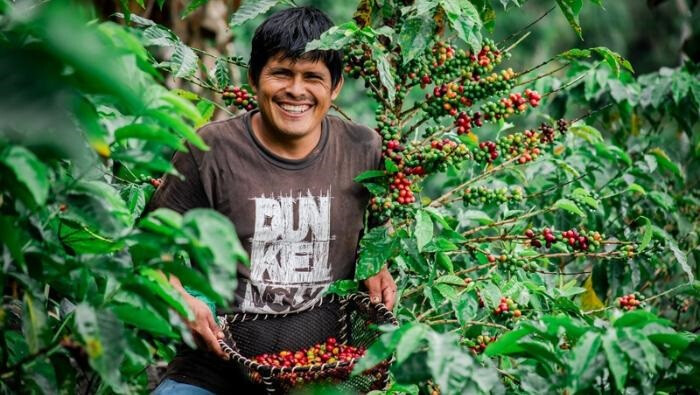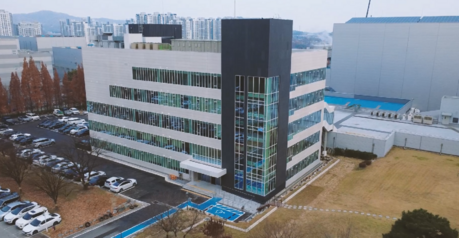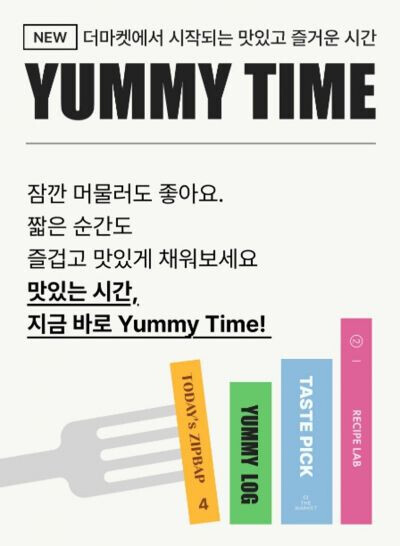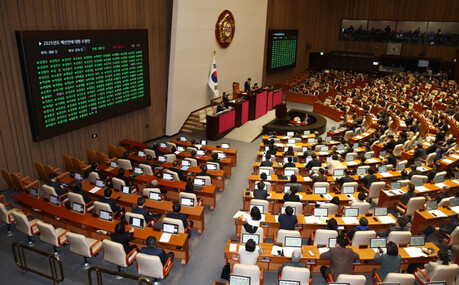
Peru's coffee exports have surged to unprecedented levels, exceeding US$1.1 billion in 2024, marking a 33% increase from the previous year, according to the Ministry of Agrarian Development and Irrigation (Midagri). This remarkable growth is attributed to rising international prices, increased demand for Peruvian coffee, and the country's reputation for producing high-quality organic and specialty beans.
Key Highlights:
Record-Breaking Exports:In 2024, Peruvian coffee exports reached US$1.103 billion, the highest since 2022.
This figure surpasses the US$1.021 billion recorded in 2012.
The 33% year-over-year growth highlights the strong performance of the Peruvian coffee sector.
Global Market Dynamics:Global average prices for Arabica and Robusta coffee in 2025 are US$7.81 and US$5.41 per kilogram, respectively.
The International Coffee Organization (ICO) reports a 70.4% increase in the composite indicative coffee price during the 2023/2024 coffee year.
Exceptional prices of approximately US$400 per quintal have been observed in February 2025.
Peru's Position in the Global Market:Peruvian coffee is exported to over 50 countries, with the United States and Germany being the primary destinations.
Peru is the world's leading producer and exporter of organic coffee, alongside Ethiopia.
Peru ranks as the ninth-largest exporter of conventional coffee globally, trailing only major producers like Brazil, Vietnam, and Colombia.
Production and Regions:Peru boasts diverse coffee varieties, including Caturra, Typica, and Geisha.
Coffee production spans 16 regions, with San Martín, Cajamarca, and Junín being the top producers.
The total coffee cultivation area in Peru is approximately 427,000 hectares.
Peru has 3 main coffee growing zones. North, central and south. Each zone has unique growing conditions which effect the flavor of the coffee.
Focus on Small Producers:85% of Peruvian coffee farmers are small-scale, managing 1 to 5 hectares.
Only 30% of these farmers are associated with cooperatives, which offer better negotiation power.
Many of these small farmers have won international awards for the quality of their coffee.
Domestic Consumption:Peru's annual per capita coffee consumption is 1.2 kilograms, lower than neighboring countries like Colombia and Brazil.
Midagri aims to increase this to 1.5 kilograms by 2025 through promotional campaigns.
Factors Driving Growth:Increased global demand for coffee.
Weather irregularities in major producing countries, leading to reduced overall production.
Rising internal consumption in the United States, as well as increased consumption in Japan and China.
Additional Considerations:
The Peruvian government is actively supporting the coffee sector through initiatives aimed at improving productivity and promoting sustainable practices.
The focus on organic and specialty coffee production has allowed Peru to differentiate itself in the global market.
Peru's unique geography and diverse microclimates contribute to the wide variety of coffee flavors and aromas.
This surge in coffee exports not only boosts Peru's economy but also highlights the country's growing prominence in the global coffee industry.
[Copyright (c) Global Economic Times. All Rights Reserved.]






























